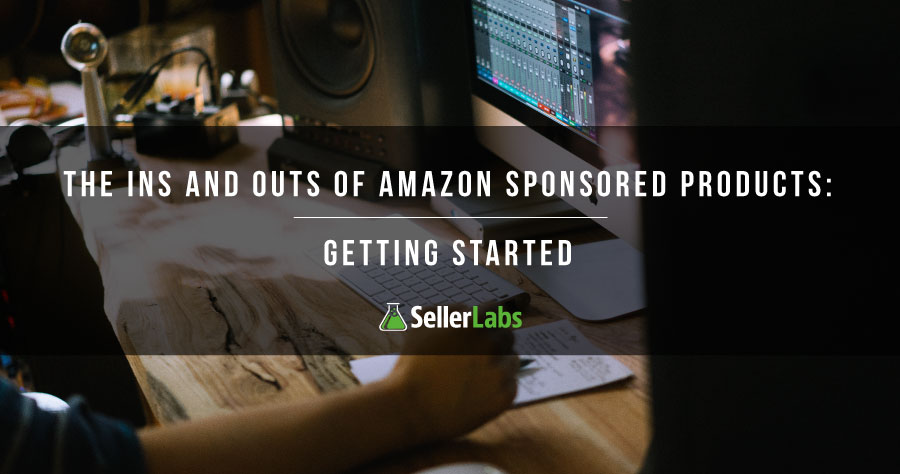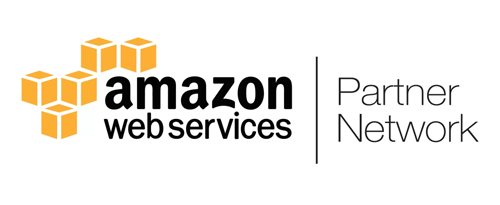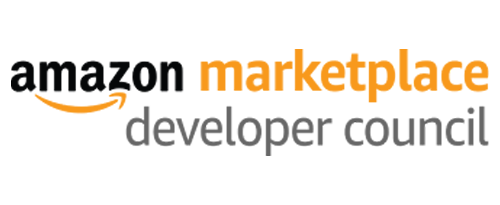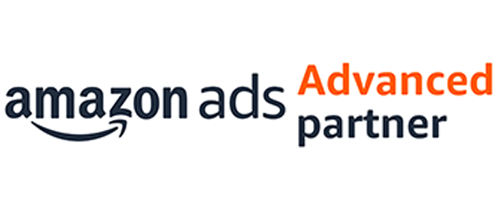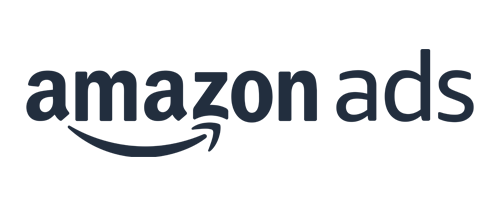Amazon Sponsored Products is a pay-per click advertising platform available to Amazon sellers for Marketplace and Vendor Express. Sponsored Products allows sellers to get new products—or any that are winning the Buy Box—on page 1 of an Amazon search engine results page. It allows sellers to target ads to shoppers based on keywords within customer search terms. Sellers can also use the platform to conduct keyword research to improve their detail pages and manual PPC campaigns. The goal of this post is to provide sellers with the ins and outs of the Amazon Sponsored Products program, and to help them start using it to grow sales and build their brand.
Amazon Sponsored Products Key Terms
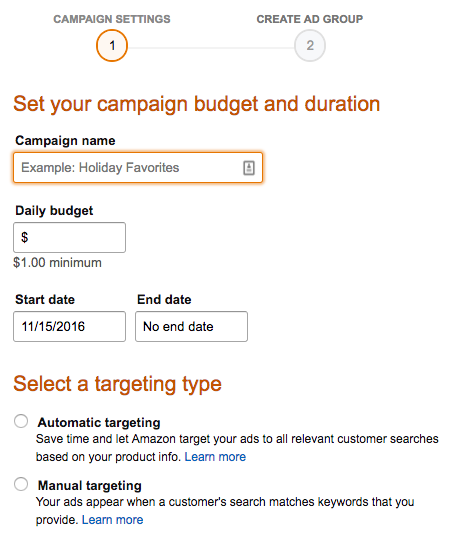
Automatic Targeting
Using product information, sellers place bids based on the most relevant customer search terms. Automatic targeting is the preferred method when beginning a new campaign. Targeting cannot be changed to manual once an automatic campaign is created. Sellers can create an identical campaign, though, and make it a manual targeting campaign. Automatic campaigns can provide sellers with valuable keyword information in the Search Term Report to help them optimize detail pages and to run further campaigns.
Manual Targeting
This type of targeting is recommended for sellers who have already collected information on key search terms and want to target these terms more aggressively. Manual targeting allows sellers to focus on specific keywords they think will drive traffic to their products and increase conversions. Sellers can set custom bids for specific keywords they want to target depending on the search volume—high or low—of each one. Sellers should add as many SKUs with similar and relevant keywords for an ad group to increase the likelihood of their products getting noticed.
Ad Display Auction
The ad display auction is the way Amazon displays Sponsored Products ads based off of relevant keywords in a customer’s search. Ads for products not currently winning the Buy Box are removed. Amazon will remove ads it does not deem relevant to a customer’s search. An ad is ranked and displayed based on the bid and the chance of it getting clicked.
Ad Placement
Sponsored Product ads show up in a variety of locations on the screen depending on ad spend and the device the shopper is using: mobile, desktop or tablet. Here’s where a shopper could see an ad:
- Top search
- Right rail
- Middle of search
- Bottom of search
- Detail pages
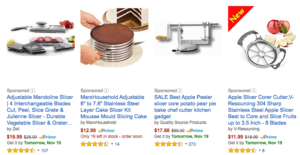
Amazon can change how much a seller is charged depending on where the ad is located and how well it is performing. Ads are displayed based on search relevancy, keywords and bids.
Ad Groups
Ad groups serve multiple purposes for Sponsored Products campaigns. They group SKUs together with the same maximum bid for Automatic Targeting campaigns. And they group SKUs that share similar keywords with the same maximum default bid for Manual Targeting campaigns. Each ad group requires a necessary set of parameters in order to work: name, maximum CPC bid, SKUs and keywords. Sellers can add up to 1,000 SKUs to an ad group at a time.
Keyword Match Types: Broad, Phrase and Exact
Broad: This keyword match type is used to create maximum ad exposure. An ad will display if the search terms contain all keyword terms, acronyms, synonyms and abbreviations. The matches may include misspelled words, variations and can have keywords in any order.
Example
- Keyword: apple slicer
- Possible search terms: apple slicers; cheap apple slicer; apple corer
- Impossible search terms: food slicer; red apple; cool slicer
Phrase: This keyword match type restricts an ad’s exposure but will be displayed in more relevant search queries. A search query must contain an exact phrase or sequence of words.
Example
- Keyword: apple slicer
- Possible search terms: apple slicer corer, stainless steel apple slicer
- Impossible search terms: apple corer slicer, apple wedger slicer
Exact: This keyword match type is the most relevant to a shopper’s search but it’s also the most restrictive. Ads will display when a shopper’s search query exactly matches—in order—the keywords a seller is targeting. Amazon will also match close variations of the targeted keyword. There is a maximum of 10 words per keyword and a maximum of 80 characters.
Example
- Keyword: apple slicer
- Possible search terms: apple slicer; appl slicer
- Impossible search terms: slicer for apples, apple corer slicer, stainless steel apple wedger
Advertising Cost of Sale (ACoS)
This figure shows the percentage of sales that occurred based on what was spent on advertising. ACoS is calculated by dividing the total cost of the ad by the sales gained from the advertisement. The lower the ACoS percentage, the less money was spent to get that sale. Figures are calculated on a per week basis.
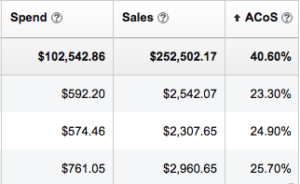
Suggested Bid
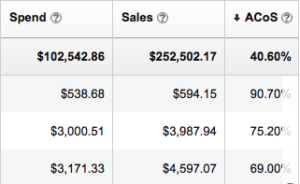
This is the amount of money Amazon recommends a seller should spend per day on specific keywords. What is a suggested bid? This is a suggestion for a bid based on the winning keywords in a specific category. What is the bid range? This is a range of bids for the majority of ads targeting a specific keyword. Higher bids will make an ad more competitive in the bid auction. The minimum budget for a campaign is $100 and $1 for daily budgets.
Cost-Per-Click Bids
This determines the maximum a seller is willing to spend whenever their ad is clicked. Amazon’s minimum is $0.02 but it recommends at least $0.05 to remain competitive. Sellers are never charged unless a shopper clicks on their ad. Maximum cost-per-click bids are found within the ad groups a seller has created—automatic or manual. CPC bids established at the keyword level take precedence over bids set at the ad group level.
Negative Keywords
Shoppers can add keywords they don’t want their products to show up for in search within an ad group. Negative keywords can reduce advertising costs and increase ROI. Negative keywords also help sellers fine-tune their ad targeting. For example, let’s say a seller sells a chef’s knife, they could add the negative keywords “butter knife” and “hunting knife” so their ad wouldn’t appear in those searches. Negative keywords have limits depending on the match types they’re applied to, so be aware of that. Negative phrase types have a limit of four words and 80 characters; negative exact types have a limit of 10 words and 80 characters. Negative keywords can be added on a campaign and ad group level, individually and by bulk upload.
Researching and Discovering Impactful Keywords
If a seller doesn’t know which keywords to target, Amazon will provide them with suggestions. These can be found through a couple of methods.
Method 1
Run automatic targeting type Sponsored Products campaigns. If a seller is winning the Buy Box for the products they are running ads for, Amazon will provide them with a Sponsored Products Search Term Report, which is an exported spreadsheet found in Reports > Advertising Reports within Seller Central. This report will provide them with critical information about top performing keywords, ACoS, clicks, orders, and more. By drilling down the top-performing keywords, they can then take that information and run more targeted manual campaigns to improve their detail pages and PPC campaigns.
Method 2
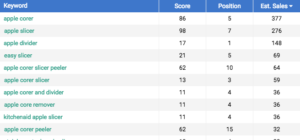
Sellers can use an Amazon product and keyword research tool like Scope to analyze their competition’s detail pages for impactful keywords. Scope will give sellers a keyword score of 1-100 (the higher the score, the more impactful the keyword), as well as the search position, and estimated sales. Sellers can research keywords right from within Amazon.com or by adding ASINs to the Scope’s web application. This method should fill in the missing pieces to any keyword optimization strategy for Amazon Sponsored Products campaigns.
Bidding on the best keywords will lower advertising costs and allow sellers to run more targeted campaigns. In turn, including the most relevant keywords to detail pages can boost sales rank and organic search, which will increase sales overall and lower advertising expenses.
Creating a Sponsored Products Campaign
Within Seller Central, in the top menu bar, sellers will find the Advertising option. Scroll over the word advertising and a drop-down menu will appear. Click on Campaign Manager. If a seller has never run a Sponsored Products campaign, it will take them to a landing page where they can begin. If a seller has already started at least one campaign, they will arrive at the All campaigns screen, where they can filter through enabled, paused and archived campaigns.
When creating a new campaign, Amazon will guide sellers through the process by setting a budget, duration, campaign name, and targeting type (automatic or manual). Once a seller has set the necessary parameters they can now create an ad group. By selecting automatic, sellers can add the products that are similar and want to target to shoppers. The manual targeting type allows sellers to add products with a granular option to set a default bid for specific keywords.
The Next Step: Campaign Optimization
Once a campaign has been going for a couple of weeks, sellers should start to see definitive results. Amazon’s Campaign Manager provides sellers with an easy, top-level view of every campaign they’re running from status, targeting, start and end dates, daily budget, spend, sales, and ACoS. As a good rule of thumb, sellers should set their advertising prices to around 50 percent of the Average Selling Price. But these figures are unique to each seller’s business goals. We’ll go further in depth on how to optimize Sponsored Products campaigns in our next post.

